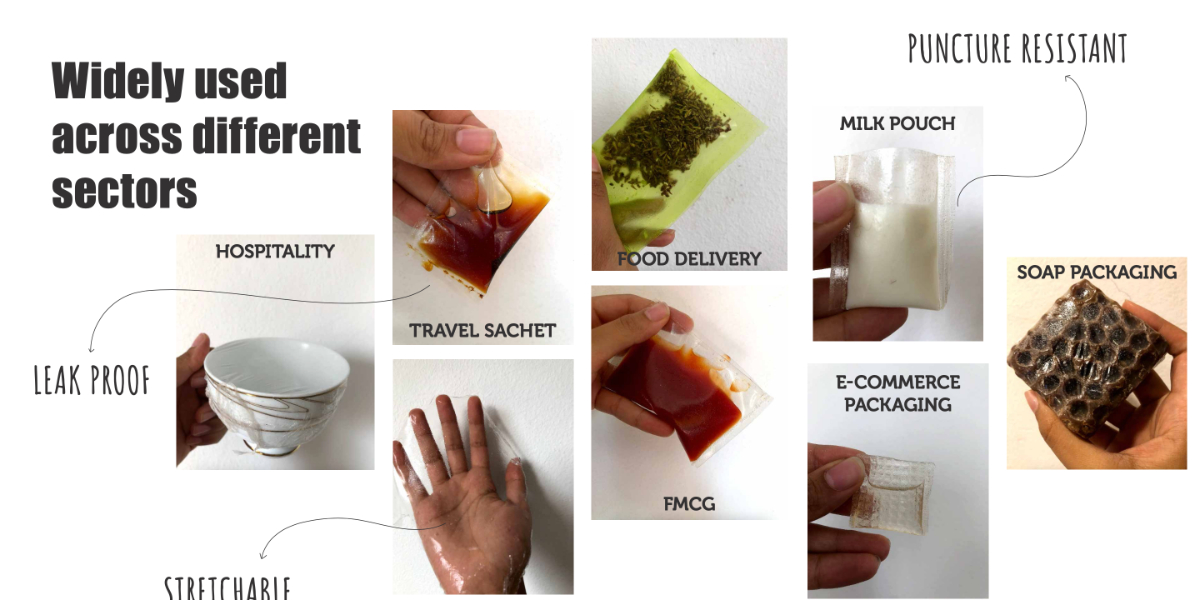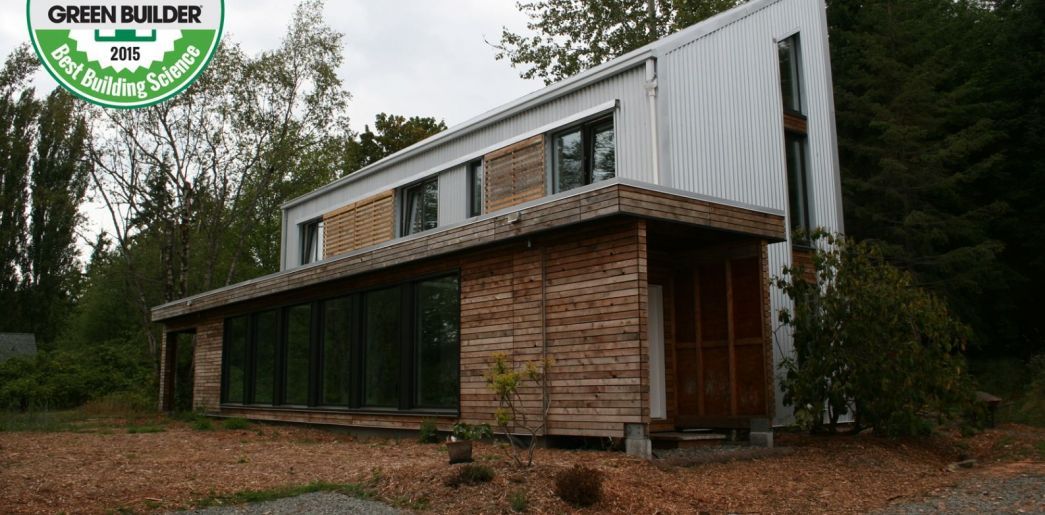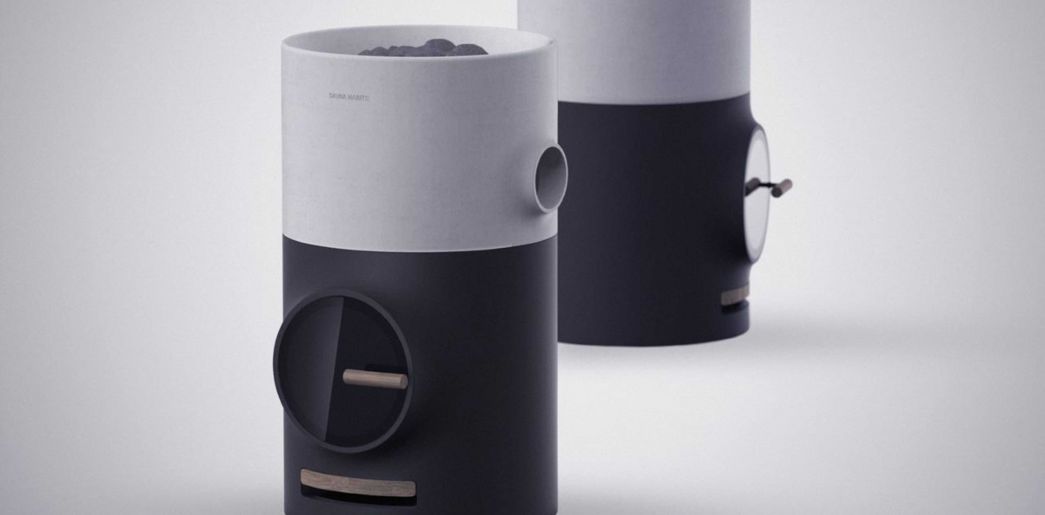AÑO
2023
CATEGORÍA
Hogar
OBJETIVOS
Fin de la pobreza, Agua limpia y saneamiento, Producción y consumo responsables, Acción por el clima, Vida submarina
PAL. CLAVE
Material compostable, Plastic pollution , Sustainable packaging, seaweed, sustainable, ergonomic, ecofriendly
PAÍS
India
CRÉDITOS
Khushboo Gandhi is a material researcher, designer and ecologist.
LINK
https://www.go-dogood.com
Friendly Seaweed Packaging
Can you imagine food packaged in a plastic-free, transparent material made from 100% seaweed?
How does it work?
The packaging industry often overlooks natural regenerative materials in favor of cheaper, synthetic alternatives. We think it’s time to change that.
Materials act as the backbone for packaging needs.
A diverse range of materials fulfills the functional, structural, and technical requirements of any package. Right from keeping it anti-bacterial to moisture-proof to reducing breakages.
Seaweed is a regenerative material that replaces the use of transparent plastics like LDPE, PP and PE. Can you imagine 'cling film' disappearing in the soil?
We have developed a 100% home-compostable, single-use packaging film to reduce plastic pollution! Following green chemistry principles, our plastic-free seaweed packaging disappears into the soil in less than 8 weeks.
Forms available: Cling Wrap | Transparent Pouch | Edible Film
Properties: Flexible | Oil-resistant | Water-resistant | Food-grade | Home compostable
Why is it needed?
Plastic pollution is a growing problem. 11 million tonnes of single-use plastic is consumed every year in India. PP, LDPE, and LLDPE account for more than 35%.
70% IS NOT RECYCLED AS PER CSE 2022 which either amass on our ocean floors, piles up in trash mountains, or contributes to carbon emissions.
With changing consumer behavior we need better alternatives to plastic packaging. With the need to immediately reduce our dependency on non-renewable sources like minerals and fossil fuels, plant-based packaging has its limitations. Our focus needs to shift to regenerative materials that don't increase stress on our natural resources. Using materials that don't compete with food sources, are available abundantly, and reduce deforestation is an integral part of the decision-making. Using local, renewable natural resources is key to developing truly sustainable plant-based packaging materials.
How does it improve life?
Good for the planet - no traces left
Good for people - reduces health hazard
Good for business - livelihood opportunity for people below the poverty line
- Seaweed absorbs excess nitrogen and phosphorous, reducing ocean acidification.
- Seaweed farms don’t need cleared land; prevents deforestation.
- No fertilizer or pesticide is needed to grow seaweed.
- Unlike land farms, seaweed farming doesn’t need fresh water.
- Seaweed grows rapidly in 6-8 weeks.
- Seaweed farming generates employment for the below-poverty-line fishermen community in India.
Thus we are poised to leverage a regenerative boon of nature using green manufacturing to address two pressing issues - plastic waste affecting our marine and civic environments and dignified livelihoods.





